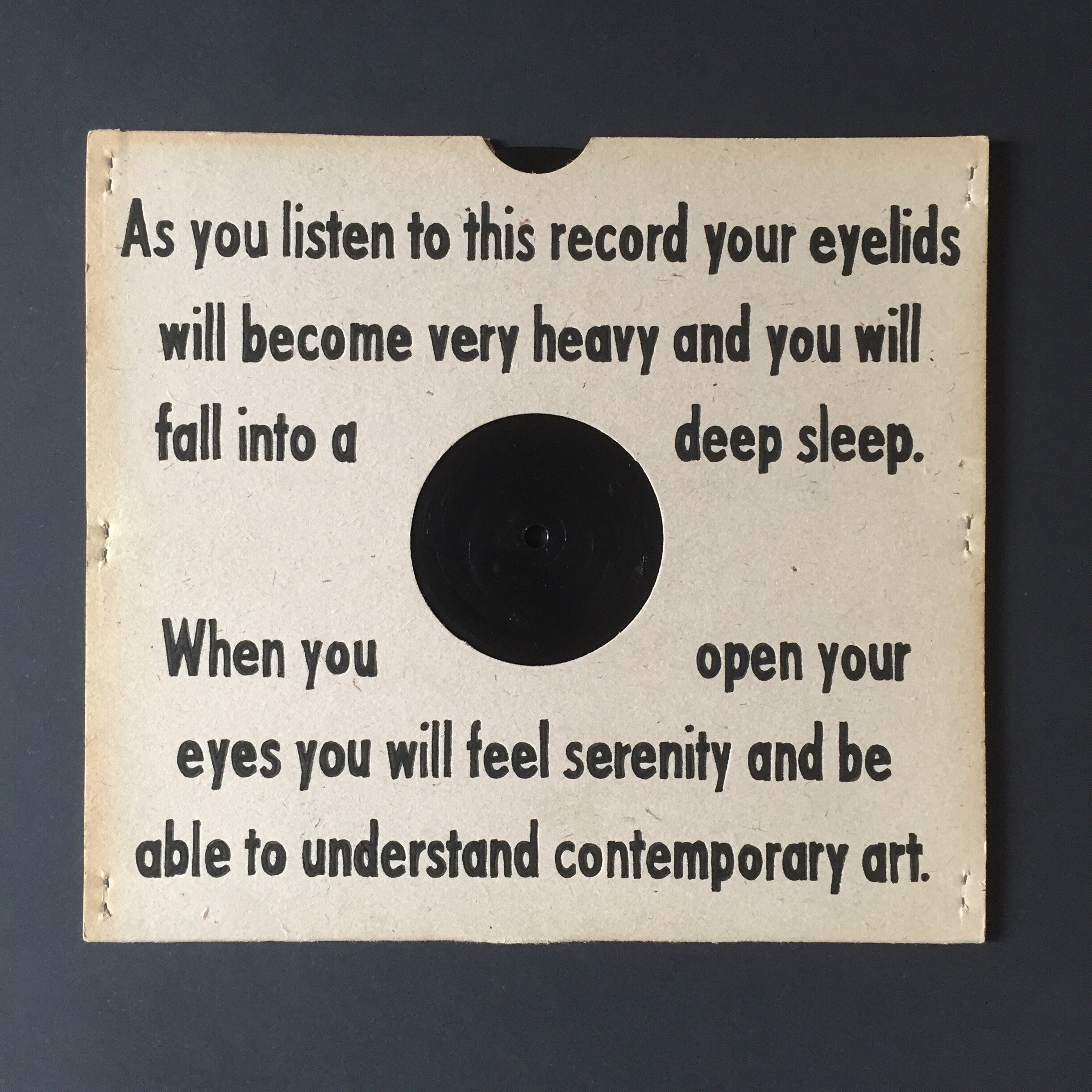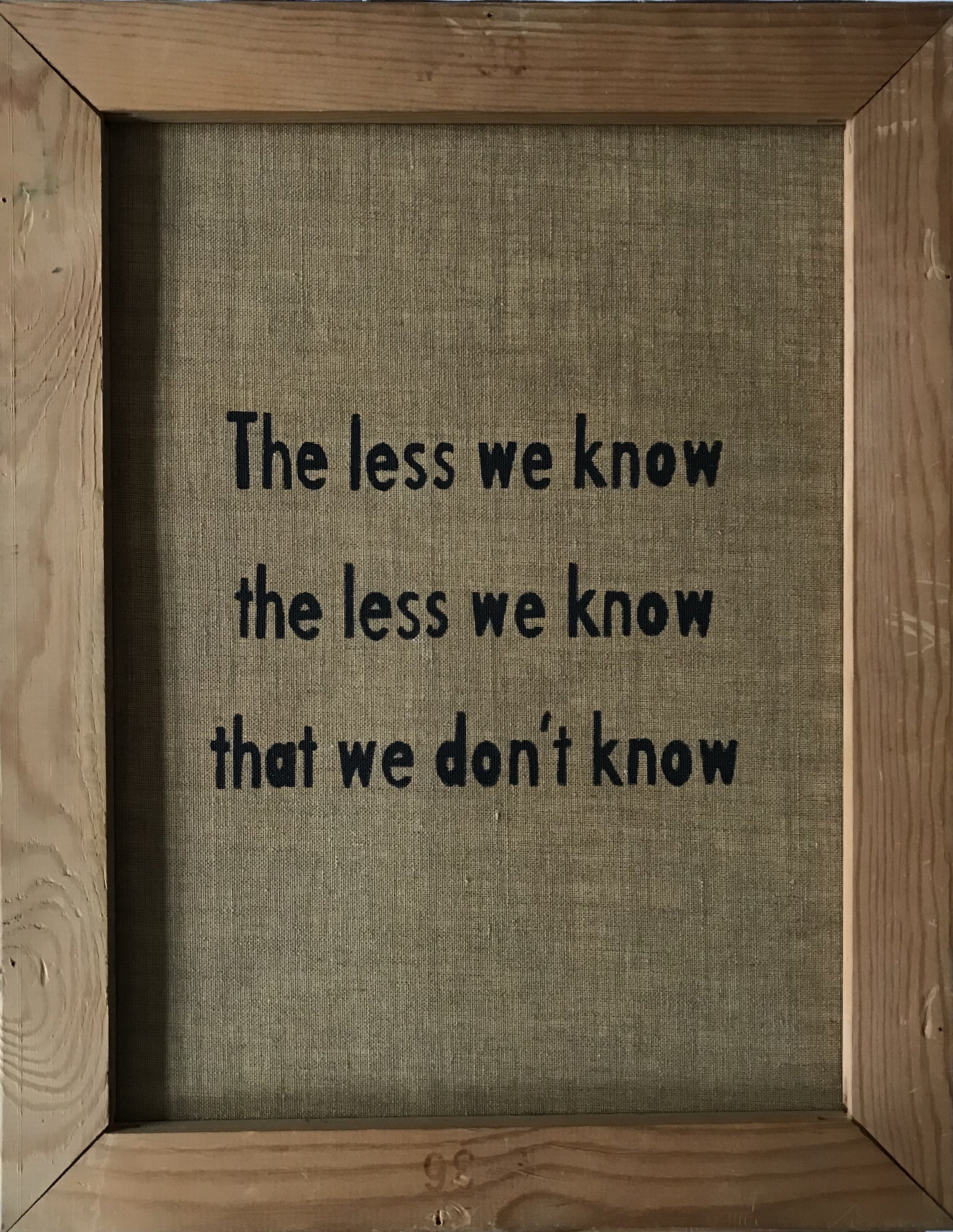Words of wisdom with Johan Deckmann
I encountered artist Johan Deckmann work by pure chance while scrolling rentlessy over my instagram feed on an early Saturday morning, while my son was about to wake up. I was immediately drawn to the text and the subtle irony that, sometimes, was inviting you to discover more about the inspiration behind it. Johan uses sometimes vintage books and records as his canvas, aside from his traditional paintings.
I have always loved the use of text in art, the power that words can have on our perception of reality and our minds. I look for inspiration at the poet John Giorno, who I deeply admire for his unconventional use of text on paintings and mixed media works. The repetition of the same ‘slogan’ over and over again created instant classics, for example ‘Thanks 4 nothing’ and ‘Don’t wait for anything’.
Words are addictive and the repetition of them creates a dependance.
I had the pleasure to ask Johann few questions below.
Do you think language in itself is a form of art?
Absolutely. I think art is in the eye of the beholder and deeply individual. Many things are not perceived as art before they are placed on some kind of pedestal. Of course, language is generally known as a tool to communicate, but then again, when language becomes more than just the catalyst for the message itself, the words and the letters become the main character and the basis of the work and additional elements such as colors and illustrations become superfluous.
In your practice you are seeing that words impact our mind, how do you see that relationship from a psychological perspective?
In my psychological practice the words are important but still only a part of the process. Of course, the therapeutic process is based on a verbal core and also a blind or deaf person would have to be able to put their thoughts and feelings into some kind of language to be able to participate. But besides the intuition, interpretation of body language and mental processes of the therapy, words are our valuable tool for both expressing our needs and understanding others. But words can be misused, they can confuse us and mislead us and hit like a fist. I treasure the gift of language in both my art, my psychological work and in my private life and I do my best to pass on my message with dignity.
You are using vintage book covers as your canvas, is there a relationship between the particular colors of your book covers and the message you are trying to convey?
Mostly not. People’s perception of colors are so individual and I try not to disturb my message, so the words are my focal point. I love the book as a media because it forces us to use our imagination and that’s exactly the second component of my works – your imagination. I’m starting to use more colors in my upcoming paintings.
Tell us three artists that have inspired you so far?
I’m not directly inspired by other artists. I’m mostly fascinated by very different artists than myself and often psychological literature, movies and music. Only three artists is a challenge but then It’ll be the Venezuelan-American sculptor Marisol (Marisol Escobar), the British photographer Sam Haskins and the Italian painter Domenico Gnoli.
Resources:



